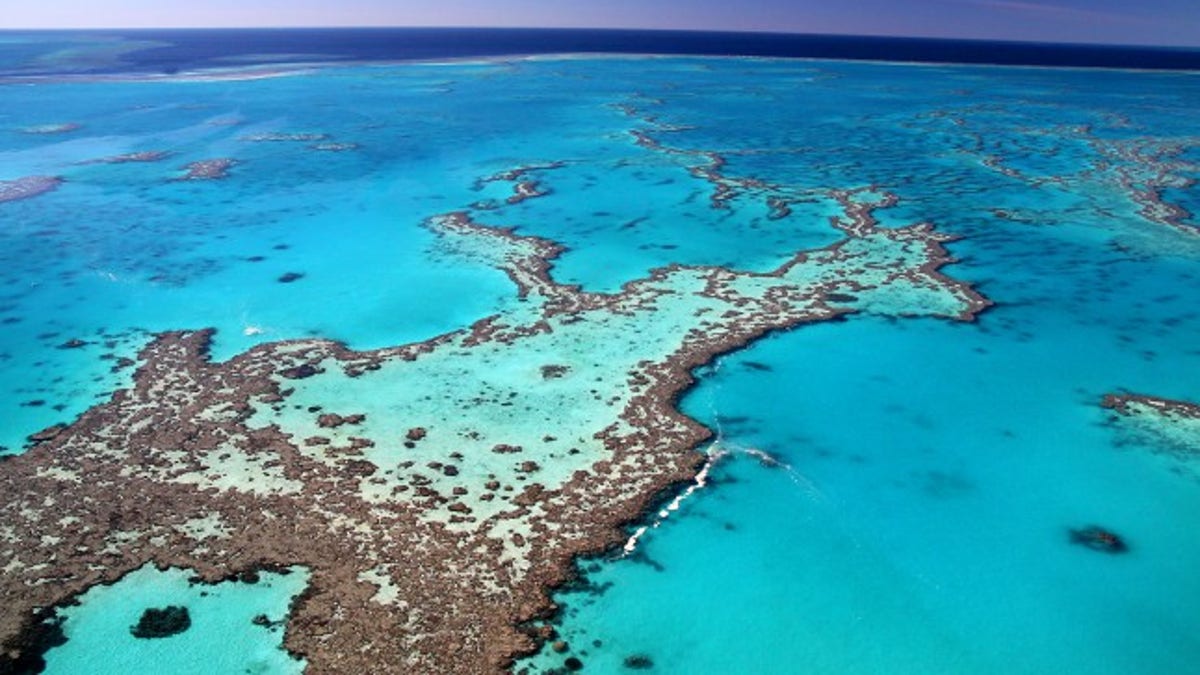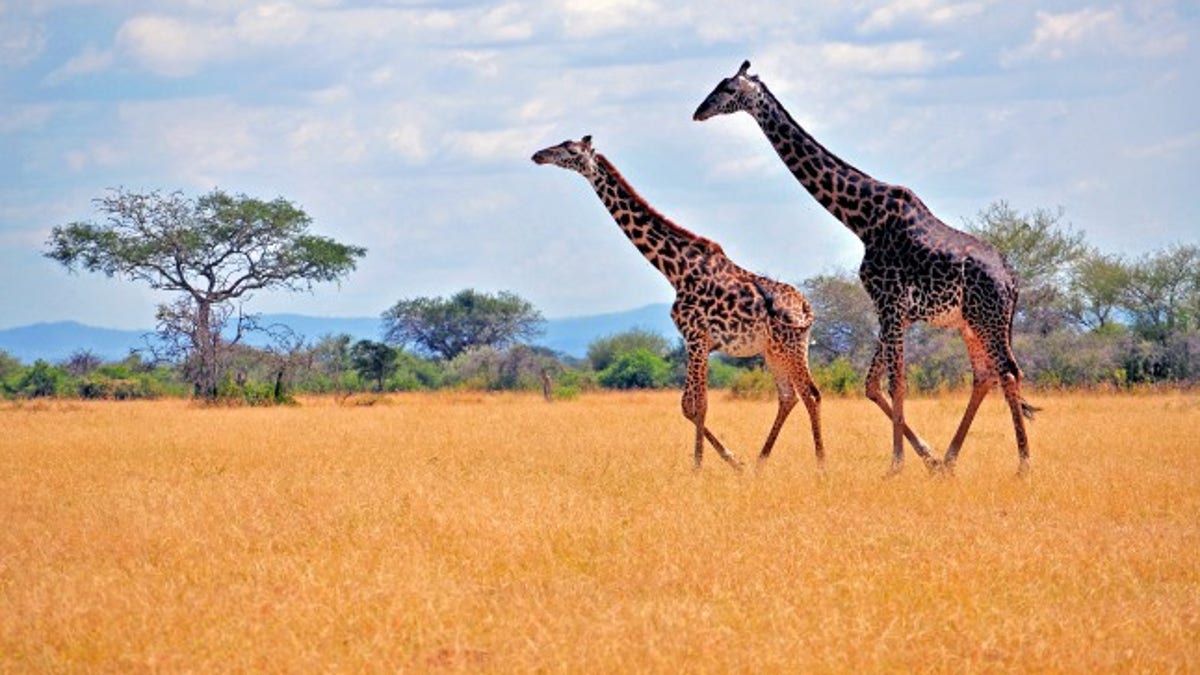Extraordinary, pristine landscapes. Scenery that takes your breath away. An exotic mix of plants and animals. Not the sort of places you get to visit every day — or can get to in a day.
Those qualities define our kind of destination.
We could rattle off plenty of spots that fill the bill: the timeless, silent fjords knifing into the southwestern coast of New Zealand's South Island; or the lakes of northern Kazakhstan on the Central Asian steppe, whose remote wetlands are home to the rare Siberian white crane and Dalmatian pelican; or Patagonia's rugged, forbidding, almost mystical Los Glaciares National Park, the world's largest mantle of ice outside Antarctica and one of the few places on earth where glaciers (it has 47) are advancing not retreating.
Magnificent as each of these marvels of nature are in isolation, we wondered where we could get our fill. Which countries should go straight onto our bucket list? We set out to answer that question by reckoning the ten most stunningly beautiful countries to visit.
To create our list we sought to go beyond just counting the number of areas of outstanding natural beauty each has — though we think the more the better. To get a measure of quality as well as quantity, we factored in how unspoiled the natural environment remained in each country, the diversity of its flora and fauna, and how well the country protected its beautiful places, both those on terra firma and those under its coastal waters. Our data sources included the United Nations Environment Program, the Yale-CIESN Environmental Performance Index, The International Union for Conservation of Nature, UNESCO, and the World Economic Forum.
It came down to a close call between Australia and Brazil for the top spot. Both scored well on most of our measures. Australia can field world-class destinations like the Great Barrier Reef, the Gondwana Rainforests and the Blue Mountains. Brazil can counter with the Amazon, the Iguaçu waterfalls and its seabird-rich South Atlantic coastal islands. In the end the diversity of plant and animal life shaded it for Brazil (for which it can thank the Amazon basin), but by the narrowest of margins.
Third was the U.S., thanks to its National Parks System. Nearly a quarter of America's national parks also make UNESCO's list of World Heritage sites for natural places, including Yellowstone and Grand Canyon, the two at the top of our latest ranking of America's Best National Parks. The U.S. also does a better job than most other countries in protecting the environment around its shores.
Tanzania and China complete our top five. Tanzania packs a lot of game reserve into a land area that is only two-fifths larger than Texas, including the incomparable plains of the Serengeti — 6,000 square miles of savannah teeming with hordes of wildebeest, gazelles and zebras and their predators. Their annual search for new pasture and waters is the largest remaining unaltered animal migration in the world. Tanzania can also boast Africa's highest mountain, Kilimanjaro, whose forest slopes and savannah are a last refuge for many endangered species.
China, particularly in its less populated western reaches, has vast tracts of awe-inspiring remote landscape. In Xinjiang, the spectacular glacier-topped Tianshan mountains with their remote, deep and verdant river valleys sit cheek by jowl with the desolate Taklimakan Desert, one of the world's largest and highest arid wildernesses. China, with its Giant Panda sanctuaries in Sichuan and unworldly karst landscapes in Guangxi and Yunnan, would have ranked higher in our list, but its high levels of environmental degradation and pollution in the east pulled down its overall score.
1. Brazil - Iguazú Falls

(The Active Times)
More than 260 feet high and nearly 2 miles wide, one of the world’s most impressive waterfalls divides Brazil from Argentina. It is home to many rare and endangered species of flora and fauna, among them the giant otter and the giant anteater.
2. Australia - Great Barrier Reef

(The Active Times)
The world’s most extensive coral reef ecosystem covers 135,000 square miles. Collectively, 2,500 individual reefs and 900 islands, ranging from small sandy cays to large rugged islands, provide some of the most spectacular maritime scenery in the world.
3. United States - Yellowstone National Park

(The Active Times)
The scenic treasures of Yellowstone include two-thirds of the world’s geysers, the Grand Canyon, and great herds of bison and American elk as well as wolves and grizzly bears. Its unparalleled range of surficial geothermal activity makes it one of the foremost sites for the study of the Earth's evolutionary history.
4. Tanzania - Kilimanjaro National Park

(The Active Times)
The snowy peak of Africa's highest mountain looms over a vast savannah as well as mountain forest on its higher slopes and an Alpine desert above them. The park is home to 140 species of mammals, many of them rare or endangered such as the African elephant, and a wide range of flora.
5. China - Xinjiang Tianshan

(The Active Times)
This remote area of western China comprises more than 2,000 square miles of spectacular glacier-capped peaks in Central Asia's largest mountain chain. Pristine forests and meadows, clear rivers and lakes, and red-bed canyons sit alongside the arid expanse of the Taklimakan Desert, one of the world’s largest and highest deserts.
Check out more of the world's most beautiful countries.
More from The Active Times
10 Cultural Gems You Need to Visit Before They Get Famous
10 Surreal Sunsets That Will Take Your Breath Away
20 Stunning Mountaintop Views You Need to See Now
